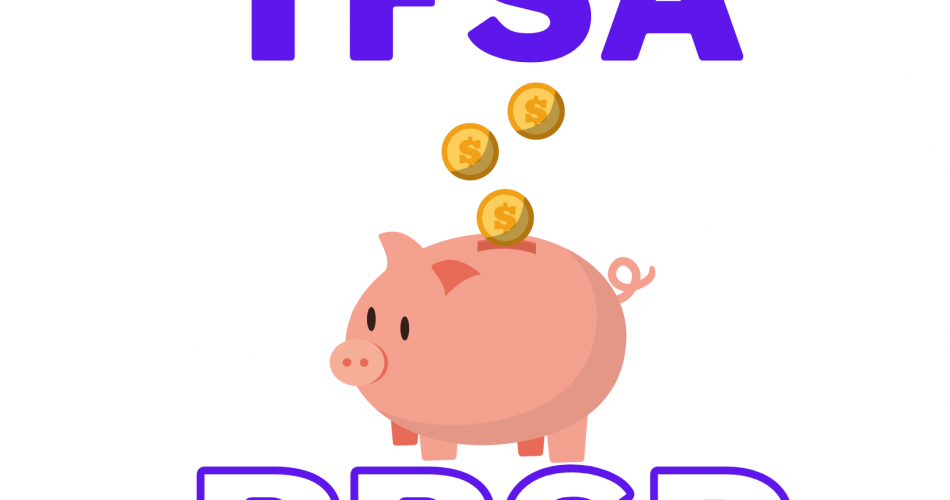This post may contain affiliate links.
This means that I earn a small commission when you buy or sign up for something through the affiliate link. It will not affect the cost to you and I only recommend what I actually use and like.
What is a TFSA?
A TFSA is a Tax-Free Savings Account, that residents of Canada over the age of 18 who have a valid SIN can hold assets in, any money you earn from these assets is tax-free. You will not need to pay income tax on them. You can hold:
- Cash
- Mutual funds
- Securities listed on a designated stock exchange
- Guaranteed investment certificates
- Bonds
- Certain shares of small business corporations
You can open a TFSA through:
- Banks
- Insurance companies
- Credit unions
- Trust companies
Since it allows you to make tax-free money there is a limit to how much you can contribute to your TFSAs each year, the limit is not prorated for the year that you turn 18, die or become a resident/non-resident of Canada. The annual limit for the following years is
- 2009-2012 – $5,000
- 2013-2014 – $5,500
- 2015 – $10,000
- 2016-2018 – $5,500
- 2019-2022 – $6,000
You can also find your limit on your CRA account
What is an RRSP?
A registered retirement savings plan, or RRSP, is designed to assist you in saving money for retirement. It reduces your taxable income in the year that you invest it in the plan. You do not pay any taxes on the money until you remove the money from the RRSP. Basically, it allows you to push the taxes that you pay on the amount you invest into the future. Ideally when you are in a lower tax bracket. You can also set up an RRSP for your spouse or common-law partner.
You can open an RRSP through:
- Banks
- insurance companies
- Credit unions
- Trust companies
You are permitted to invest up to 18 per cent of your salary up to a maximum of $29,210 in 2022. If you do not use your contribution room in the year, it does carry forward. You can find your limit on your CRA account.
What is the difference?
A TFSA invests after-tax money and you don’t pay tax on the money made inside the account even after you withdraw it. An RRSP uses pre-tax money (investing reduces your taxable income that year) and once you withdraw the money you pay tax on it.
When do I use each?
You want to use your TFSA when you are in the lowest income brackets because you are (hopefully) unlikely to be there again. There is no tax advantage to not paying tax now, you should use your TFSA contribution room instead of your RRSP room, which will carry forward to future years. But as you start entering the higher tax brackets you will want to start investing in an RRSP. This of course depends on how much you plan on your income being in retirement. If you plan on it being $60,000 a year then you will want to wait until you are making more than that to contribute to your RRSP and invest elsewhere.
This post may contain affiliate links.
This means that I earn a small commission when you buy or sign up for something through the affiliate link. It will not affect the cost to you and I only recommend what I actually use and like.

